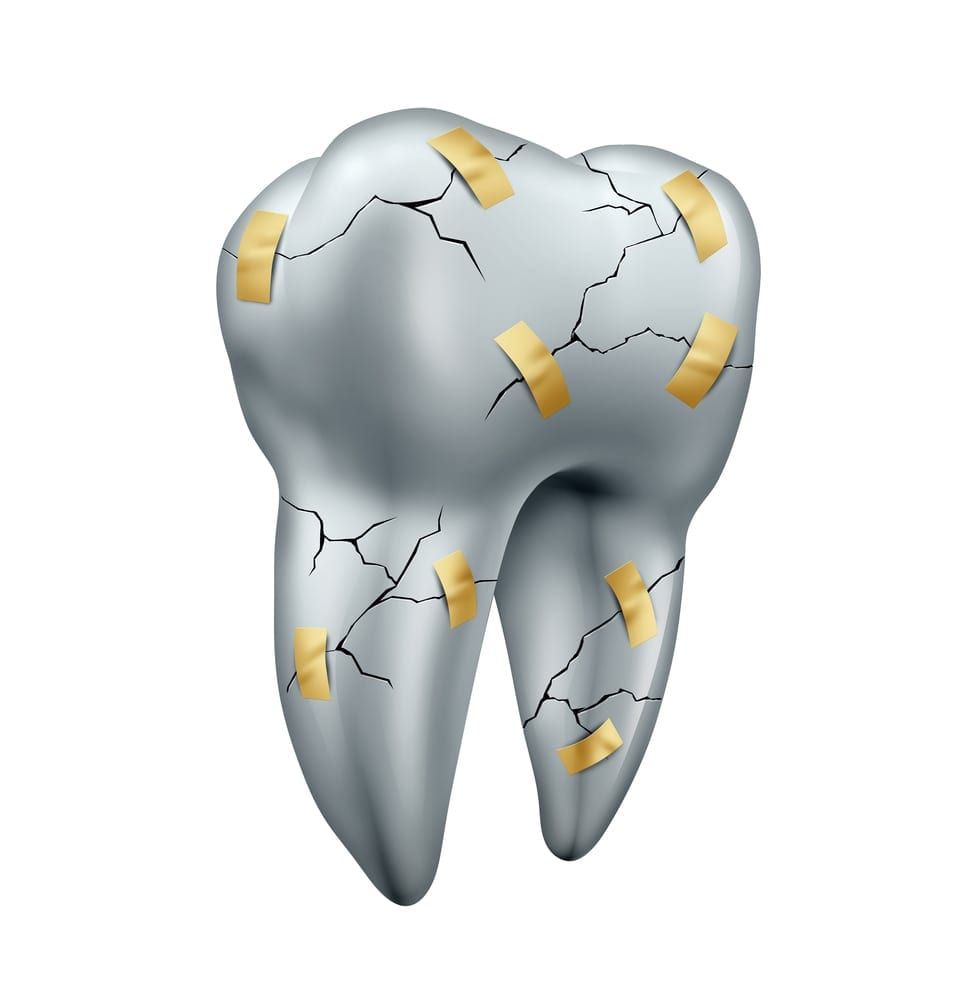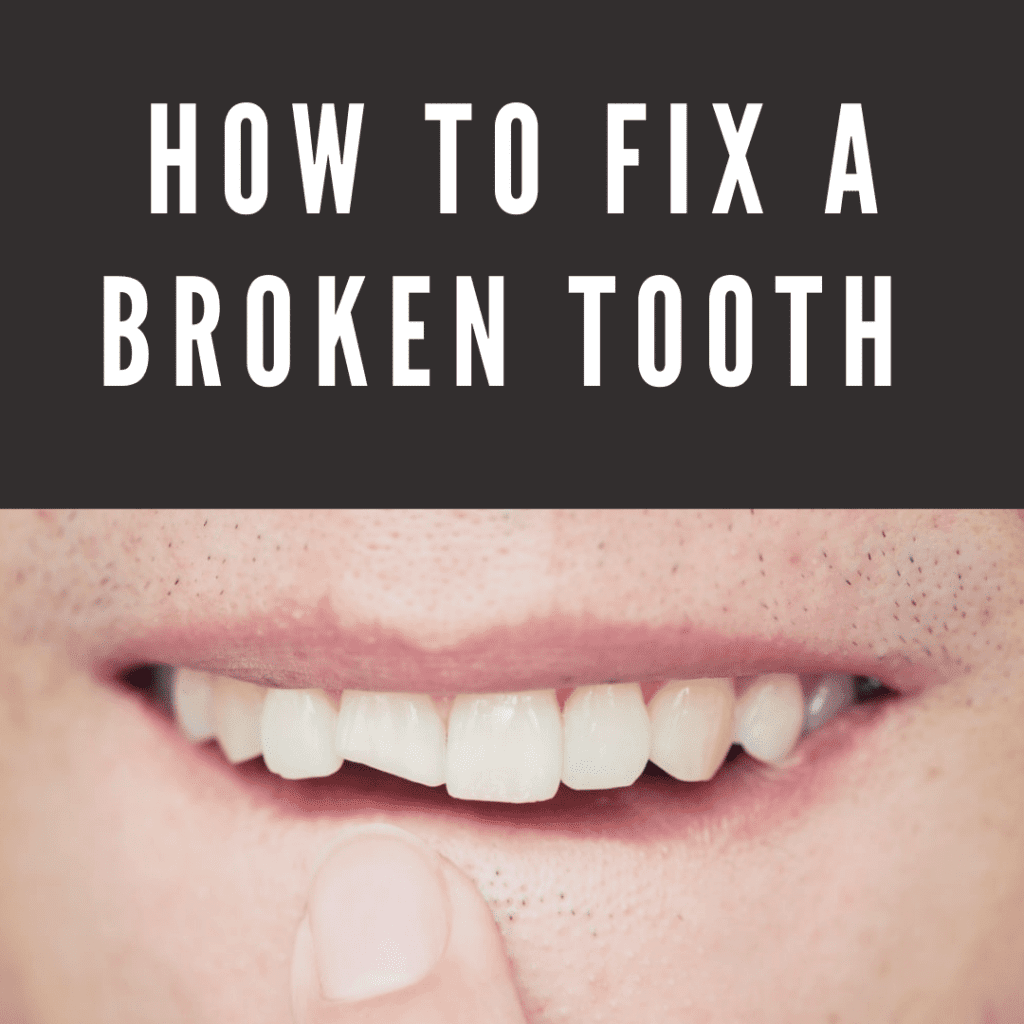Tooth enamel is the strongest substance found in the human body, however did you know that teeth can still be broken? This is because while the outer layer of your teeth is exceedingly strong, it is not indestructible. Therefore certain things, like grinding your teeth or biting your nails, can wear down your enamel over time and eventually cause it to chip or crack. In some cases, your teeth can also become damaged by the sudden force of an accident or due to biting down on extremely hard foods. Unfortunately, if any of your teeth suddenly chip or crack, this means you will need to schedule a prompt visit to your dentist.

This is because while broken teeth themselves are not too much of a problem, if left broken they can cause additional problems. For starters, the structure of a broken tooth is already compromised, which means the risk for incurring additional damage increases. Additionally, when your tooth enamel chips or cracks, this can also allow bacteria to work their way inside the tooth. When bacteria get into the tooth, they inflame the innermost layer and cause something known as a pulp infection. Once the pulp has become infected, the only way to treat it is to perform a root canal.
To prevent additional damage or the need for a root canal, your dentist recommends having a broken tooth fixed as soon as possible. There are a few different ways to fix a broken tooth, so no matter how your tooth is broken, your dentist will find a way to fix it. To fix a broken tooth, here are some restorations your dentist may use:
Composite Bonding
Composite bonding is a restorative technique that bonds tooth-colored composite resin to the tooth enamel in order to fill-in minor chips or cracks. Out of all the approaches for fixing broken teeth, composite bonding is the least invasive due to the fact that composite resin can bond directly to the enamel and does not require modifications to the natural tooth structure. This also means that the entire procedure can be completed during one dental appointment.
Inlays and Onlays
Inlays or onlays can be used in cases where the damage affects the chewing surface or the cusps of the tooth. Both inlays and onlays are fabricated outside of the mouth before being bonded to the affected tooth. Therefore, they are indirect fillings. An inlay is used to restore the chewing surface of the tooth, while an onlay is used to restore the chewing surface and one or more of the tooth’s cusps.
Veneers
Veneers are thin shells fabricated from porcelain and then bonded to the front side of visible teeth. Like composite bonding, they can be used to restore teeth that have been affected by minor chips and cracks. In addition to fixing chipped and cracked teeth, veneers can also improve the color, size, and shape of the tooth. However in order to fit properly, a thin layer of enamel must first be removed from the tooth.
Crowns
Crowns are tooth-shaped caps that completely encapsulate the damaged tooth. Since they can cover the entire visible portion of the tooth, they are used to repair severe cracks and chips that affect the majority of the natural tooth structure or that has reached the pulp layer. In cases where there is little remaining tooth structure, composite bonding may also be used to build up excess structure to support the crown.


